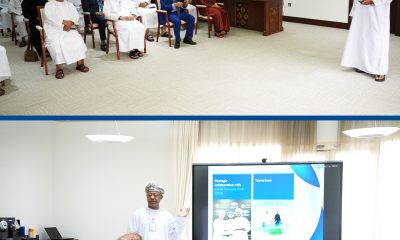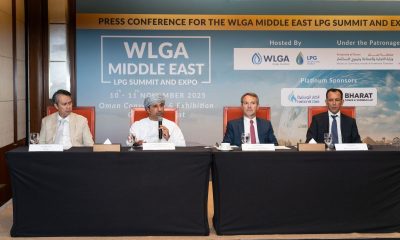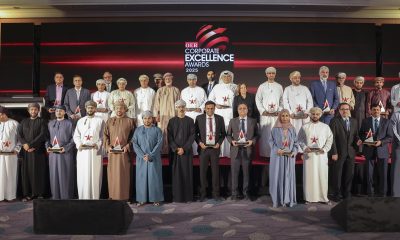International
New method to enlist distributed energy devices to efficiently balance the power grid – PNNL

The balancing of the power supply and demand virtually in real-time makes it necessary for power plants to be adjusted extremely frequently. The unpredictability of renewable energy like solar and wind further compounds the maintenance of the balance. The new project recommends a novel resolution to this rising issue – employing the millions of distributed energy resources that already exist, such as solar panels on rooftops and heating and cooling systems in buildings. These resources are utilized to balance the power grid by increasing reliability and decreasing carbon emissions.
“Our new approach to balancing the power grid offers a great deal of flexibility and the potential to increase system reliability,” said PNNL engineer Karan Kalsi, who is leading the project, “It would give the future power grid the ability to quickly take on and shed power, which would also enable us to incorporate more intermittent renewable energy into the nation’s power mix.”
The PNNL led team has a far more advanced approach to synchronise distributed energy resources and it integrates multiple resources and grid-balancing services in its system without compromising on local power consistency.
The project will include asking companies and citizens to voluntarily enrol their distributed resources like batteries, smart appliances, electric cars, solar panels and heating and cooling systems. All the participants will be encouraged to enrol their devices through an array of incentives.
They will install sensors and controls on all the enrolled resources to detect and alter their operations as needed, the limits for which will be set by the owners of the devices. The sensors would allow resources to communicate through a cooperative decision-making platform, where information about the power needs of the grid and individual distributed resources are exchanged. The devices will be operated by high-speed local controls.
The project positions a new organization called a distribution reliability coordinator that would evaluate the flexibility of various distributed resources to simultaneously provide the following three grid services:
- frequency response: very fast-acting (within milliseconds) emergency response to major events, such as a power plant failure
- regulation: responding within seconds to maintain balance between power supply and demand
- ramping: buffering rapid changes in power demand
PNNL’s project team includes United Technologies Research Center, GE’s Grid Solutions (formerly Alstom Grid), Southern California Edison, PJM Interconnection and California Independent System Operator (also known as CaISO).
-

 News2 months ago
News2 months agoKitchenomiKs Secures Investment of US$3.2M Led by Jasoor Ventures
-

 Banking & Finance2 months ago
Banking & Finance2 months agoOman Arab Bank Highlights Its Ongoing Strategic Initiatives and Future Plans
-

 Energy2 months ago
Energy2 months agoWLGA Middle East LPG Summit & Expo 2025 to be held at OCEC on November 10 and 11
-

 Real Estate2 months ago
Real Estate2 months agoAl Mouj Muscat Unveils Azura Beach Residences Phase 2: A New Chapter in Waterfront Living
-

 Leaders Speak1 month ago
Leaders Speak1 month agoDhofar International Development and Investment Company: Driving Sustainable Growth and Strategic Synergies in Oman’s Investment Landscape
-

 Events1 month ago
Events1 month agoOER Corporate Excellence Awards 2025 Honours Entities and Innovations in Oman
-

 Economy1 month ago
Economy1 month agoMaal Card: What Oman’s New National Payment Card Means for Everyday Users
-

 OER Magazines2 months ago
OER Magazines2 months agoOER, October 25































You must be logged in to post a comment Login